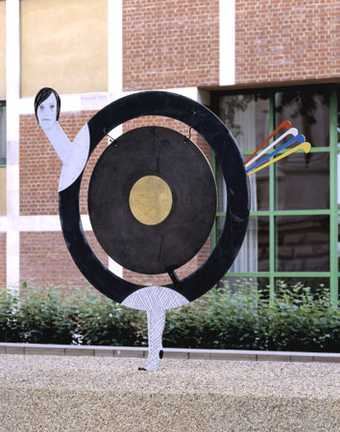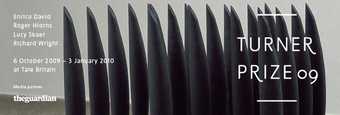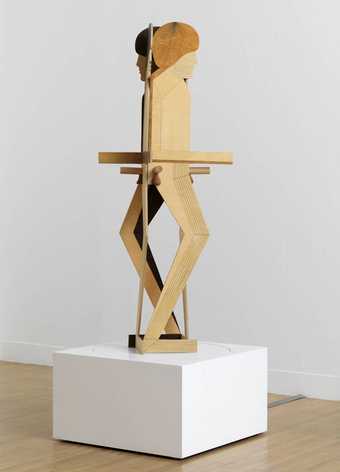Drawing is the starting point for most of my work, from the rendering of a photographic image to a more intuitive, spontaneous approach. I often borrow from traditional craft techniques and design styles, using their pre-given rules and functional potential in an attempt to organize and give structure to the often chaotic nature of my emotional response to reality. In so doing, my work often manifests itself in installation-based displays where the suggestion of a narrative provides a backbone to the arrangement of objects and images which might be manufactured in a variety of ways.
I see the potential of the creative process as a representation of a new language to be simultaneously constructed and discovered, on the basis of pre-existing aesthetic and cultural templates. The use of language, whether representational or written, provides me with an opportunity to give physical form to my need for discontinuity, disruption and misuse which is at the core of my practice.
Enrico David
Italian born Enrico David has lived and worked in London since the early 1990s. He produces sculpture, painting and installation, but drawing is his usual starting point. David’s body of work to date shows a complex and constantly evolving personal culture of aesthetics. He mines a number of visual sources aside from ‘fine art’ in order to test art’s visibility in the world as it is filtered through its many associated languages: from folk craft to modernist design to corporate graphic display. His configurations of images and objects often invite you into a fictional tableau, dramatising the encounter with the artwork as though it were a piece of theatre.
For the sculpture court at Tate Britain, David presents two sculptural objects. The central piece, Chicken Man Gong, represents a form of public sculpture which doubles as a ritualistic instrument. A number of objects and images, both made and collected by the artist, are displayed in the adjacent vitrine. They represent the kind of informative, didactic sources associated with museum display, mimicking but not fulfilling the way in which artworks are shown alongside educational or explanatory material. Art historian Herbert Read, in attempting to define sculpture’s essence, went back to two ancient anthropological forms: the amulet and the monument. The amulet was a personal charm carried to ward off evil, while the monument was a site of commemoration. David’s conception of the sculptures for this site brings such ancient ideas of what sculpture is into play with a robust, municipal functionality appropriate to an outdoor public space. David weaves a fiction around the piece, describing it in terms of a kind of psycho-drama:the creature represents an approximate and temporarily adequate equivalent for the artist’s subjectivity, stepping somewhat reluctantly, and yet magnificently, onto this public stage.
The sculpture resembles but does not properly function as a musical instrument; specifically, a gong. The gong is scheduled to be activated by patrols of Tate staff, initiating a violent act against the sculptural figure and drawing attention to it with dissonant sound. In this way, the sculpture is incorporated into the social as well as physical fabric of the museum. The installation of Chicken Man Gong simultaneously mimics the institutional nature of the sculpture court and its neutral, hard-wearing surface, and uncovers its potential as a site of social ritual. With its educational vitrine and its bold, clean-cut edges – not unlike Tate’s branding style – the work tries to blend in and at the same time disrupts expectations with its exoticism.
The hybrid chicken-man-gong figure appears to the artist as an ‘unreasonable’ form. Teetering on an elegant stockinged foot (taken from a photograph by Pierre Molinier), Chicken Man Gong represents the artist’s attempt to make manifest an equivalent to his own subjectivity, negotiated through a proliferation of codes. As such, the work is never fully adequate or accurate but rather a temporarily sufficient sign.
Text by Catherine Wood



